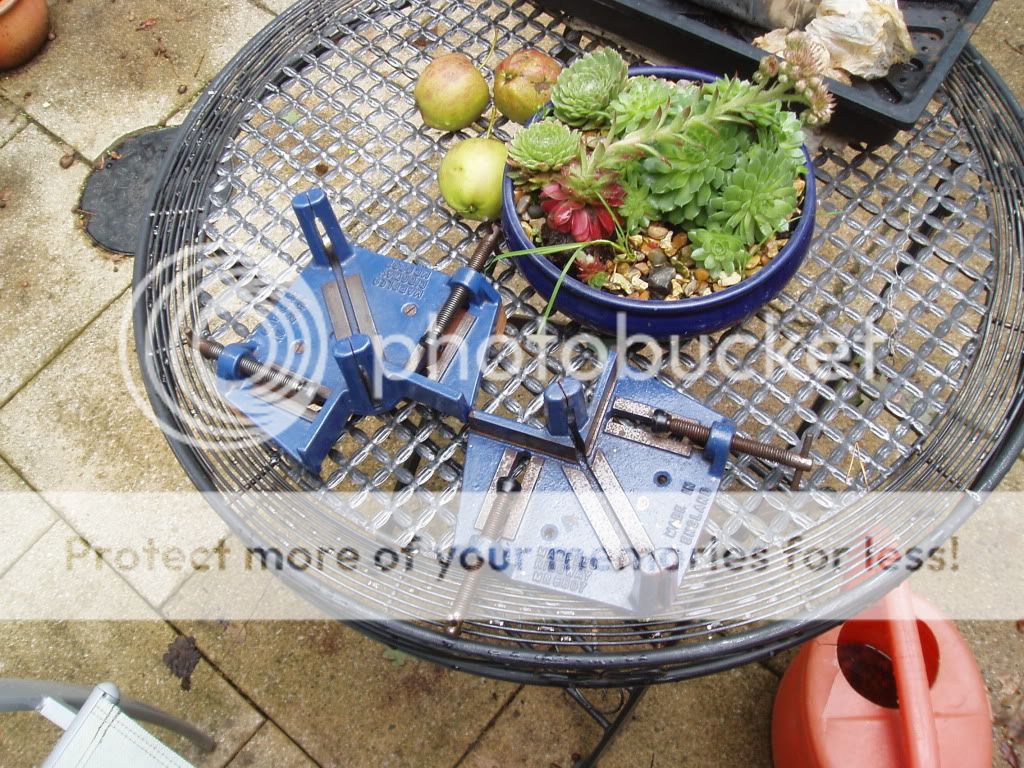Hi, in between my stuff, i have been collared into making some picture frames for SWMBO........
Frame components in solid walnut are made and ready to be mitred together, however, glue surface area is very small, as they are very narrow profile, each side being 10mm & 5mm thick respectively.
I am concerned that glue only will not cut it and want to strengthen the corners. Any ideas? I am thinking some very fine staples, but it will be tricky to find anywhere where they wont show....
Thanks!
Frame components in solid walnut are made and ready to be mitred together, however, glue surface area is very small, as they are very narrow profile, each side being 10mm & 5mm thick respectively.
I am concerned that glue only will not cut it and want to strengthen the corners. Any ideas? I am thinking some very fine staples, but it will be tricky to find anywhere where they wont show....
Thanks!

































